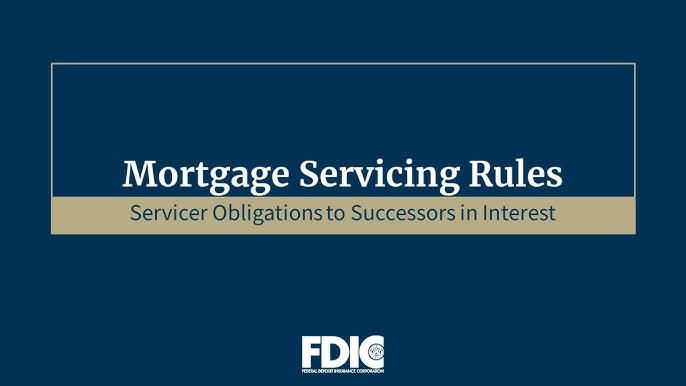Obviousness-Type Double Patenting is Alive and Well | Irwin IP LLP
In a recent decision, the Court of Appeals for the Federal Circuit (“CAFC”) resolved district court splits regarding obviousness-type double patenting (“ODP”) by holding that ODP is still a valid challenge to patent validity and that the application of ODP is not dependent on intent of the patentee.
ODP is a judicially created doctrine aimed at preventing a patentee from unfairly extending its patent term by obtaining a later expiring patent covering essentially the same invention in an earlier patent. In order to overcome an ODP challenge, a patentee may file a terminal disclaimer that limits the term of later-expiring patent to the term of earlier-expiring patent. Some district courts have held that ODP does not apply to any patent whose term has been extended under 35 U.S.C. § 154(b), i.e., a patent term adjustment to compensate for PTO delays in issuing the patent (“PTA”). Other district courts, however, have applied ODP to patents extended by PTA. Similarly, some district courts have found ODP discretionary if the patentee acted in good faith in obtaining the PTA; while others have not.
The CAFC in In re: Cellect, LLC affirmed that ODP is a valid defense. In Cellect, Samsung, through ex parte reexaminations, challenged certain claims from four of Cellect’s patents by asserting ODP. The challenged patents all received PTA, which extended their terms past an earlier patent that essentially claimed the same invention. Cellect did not file any terminal disclaimer during the prosecution for any of the challenged patents. Both the examiner and later the PTAB found the asserted claims invalid because of ODP based on the earlier filed patent. Cellect then appealed to the CAFC. In affirming the PTAB’s decision, the CAFC found that the expiration date used for an ODP analysis where a patent has received PTA is the expiration date after the PTA has been added. Hence, the challenged claims were subject to ODP because they expired after the earlier filed patent. Furthermore, the CAFC confirmed that whether Cellect acted in good faith was irrelevant; Cellect received an unjustified extension of their invention. That is all that matters. Lastly, the CAFC distinguished PTAs from patent term extensions (“PTEs”) obtained pursuant to 35 U.S.C. § 156. The CAFC noted that Section 154 expressly states that terminal disclaimers apply to any adjustments. On the other hand, because Section 156 does not reference terminal disclaimers, the CAFC reasoned that if Congress wanted terminal disclaimers to limit PTEs it would have stated so like it did with Section 154. The CAFC further supported its interpretation because PTEs are typically awarded due to delays caused by a government regulatory review associated with the commercial marking or use of a claimed product, not merely delays caused by PTO in reviewing a patent application. Therefore, the CAFC noted that ODP does not invalidate a patent with a different term due to a validly obtained PTE.
This case shows that ODP is still alive and well, at least when PTAs are involved. Inventors and patent practitioners still need to consider ODP, especially with respect to a family of related patents. Specifically, absent a terminal disclaimer, ODP could render a later-expiring patent obvious, invalidating it completely. In addition, patentees need to remember to keep the patents commonly owned for any such terminal disclaimer effective. This case demonstrates that, before requesting PTA for one of the patents in a patent family, it is good practice to always examine the issue of ODP closely to avoid inadvertently invalidating the patent.






